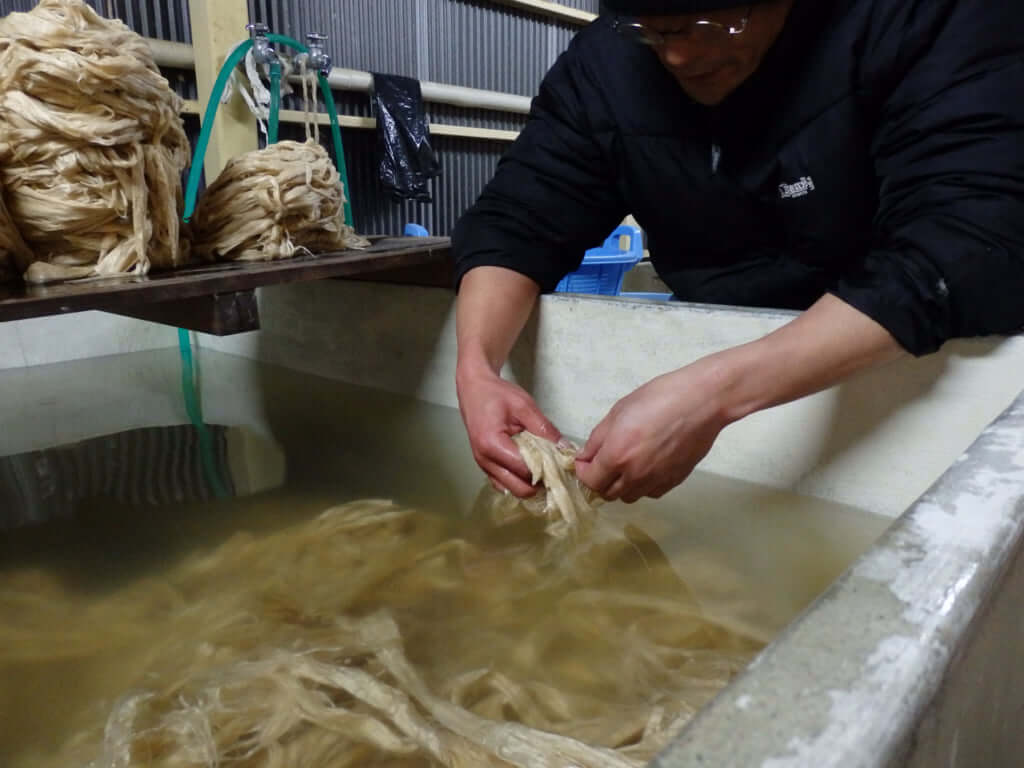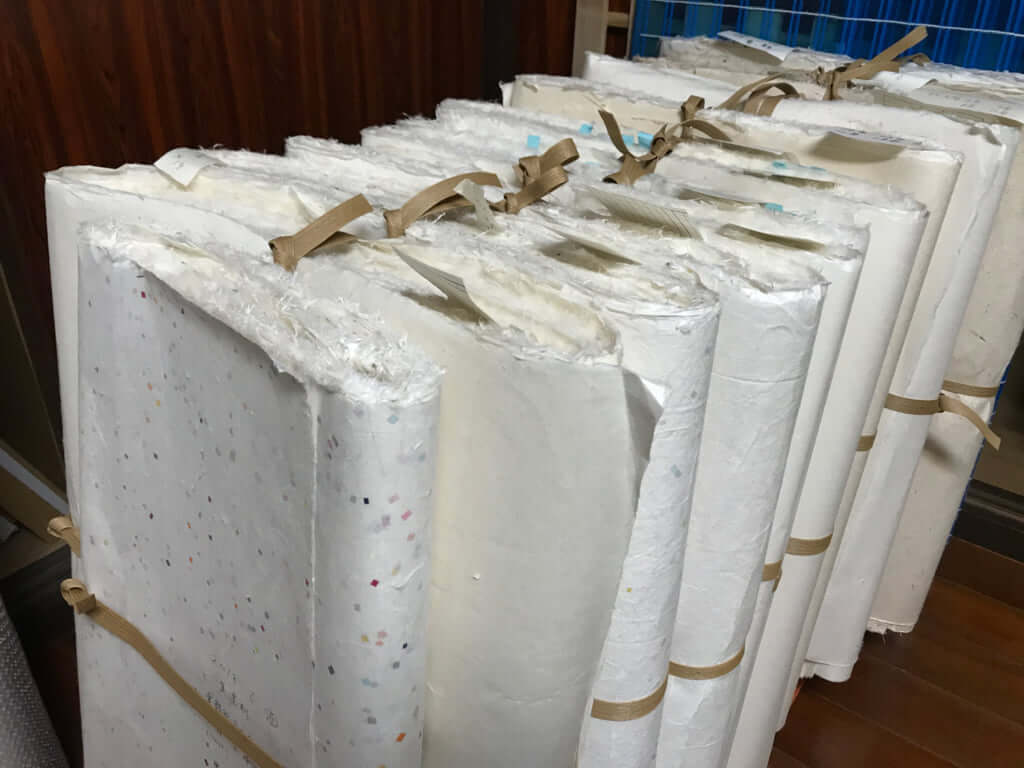Kurotani, The Noble Home of Washi Paper

Courtesy of Kurotaniwashi washi Cooperative Association
A kind of traditional Japanese paper recognised for its prodigious quality, its finesse and its resistance, washi paper has its noble origins in the village of Kurotani, where this fine craft has been honed and developed for over 800 years.
Whilst the production of washi paper has its roots in China, the manual manufacturing technique was brought to Japan by Buddhist monks around the year 610. Initially used for the writing of sacred sutras, it didn’t take long before it was used not only in stationery, but also to decorate sliding doors, handbags and sometimes even clothing. Its longevity has lasted for centuries, and washi paper remains solidly anchored in Japanese culture. During the paper’s glory days, entire towns made their living from its manufacture- just as Kurotani still does now.
Situated in the South-East of the Kyoto prefecture, the village has always been one of the leading producers of washi paper internationally. Its history goes back by about 800 years, to when the surviving soldiers of the defeated Heike clan settled in the valley. Earning their bread during the rice harvest in the summer, the settlers dedicated the winter months to the production of washi paper. Thanks to its propitious climate and soil, the region was perfect for the cultivation of the Kozo (or Japanese Mulberry) tree- an essential component in the manufacture of the paper. Although the entire village was dedicated to the production of washi paper, demand went into decline in the mid-1950s as small artisans were unable to compete with mass-produced, lower quality paper. Today, only about ten craftsmen’s families have survived, and offer washi making workshops for tourists in order to help others discover this art which, like the famously resistant paper itself, has endured for centuries.

Courtesy of Kurotaniwashi washi Cooperative Association

Courtesy of Kurotaniwashi washi Cooperative Association

Courtesy of Kurotaniwashi washi Cooperative Association
TRENDING
-
Yakumo Saryo: A Culinary Voyage in Tokyo
Shinichiro Ogata makes objects from glass, ceramics and bronze but is also a fantastic cook. Have a taste of both his talents at restaurant Yakumo Saryo.

-
WA BI GIN : (An Old) Affair of Passion
The Japanese distillery Hombo Shuzo, first known for their shoshu, decided to launch itself into artisanal production of gin. Thus, WA BI GIN was born.

-
Gome Pit, the Pop-Up Bar in a Waste Treatment Facility
Japan never ceases to surprise. Gome Pit is a pop-up bar with an unobstructed view over a pit where tonnes of waste are piled up before being incinerated.

-
A Japanese Tea Room Perched Atop a Rooftop
The building, in keeping with the minimalist style of its creator, offers a splendid view of Vancouver Bay and the surrounding mountains.

-
Discover Japanese Gastronomy Through The Solitary Gourmet Manga
This illustrated black and white album follows its lead through various bars, celebrating the Japanese art of living.





